|
By Eva True (They/Them) (Representative)
It’s that time of year again. Pride Month is when we all come together to celebrate the LGBTQ+ community and its shameless existence in the face of seemingly insurmountable adversity. We at LGBTQ+ of FIRST strive to “do justice” to this occasion in a variety of ways. Namely, these ways include blog posts, social media content, and Discord events. I usually volunteer to write a blog post or two for the org during every pride month. This year’s theme was… difficult to come up with, to say the least. I’ve been sitting at my desk staring at a blank Word document and past blog posts on the website for the better part of an hour. A lot of the actionable advice, agendas, and personal testimonials have been written and rewritten over the years. That’s when it hit me. We look to the present and future a lot in our content, but have we ever really dug into the past? FIRST, at its very core, is a microcosm of what you see in the STEM world. For decades, that meant straight men being the dominant demographic. It also meant that breaking that “mold” was frowned upon and discouraged in a variety of ways. Andy Baker has occasionally appeared at LGBTQ+ of FIRST roundtables to discuss what it meant to be queer in the STEM landscape before some relatively recent changes. After a few conversations with Jon Kentfield, who’s been involved with FIRST since the early 2000s, FIRST was one of the more accepting spaces to hang around in the 90s and 2000s. However, in the age of “Don’t Ask, Don’t Tell” being both a legislative and societal norm until the 2010s, only so much could really be done. My understanding was that being ‘out’ to a limited number of people was safer within FIRST than it was within the broader world. On top of that, a central teaching of FIRST has always been to accept others, regardless of their differences. I don’t doubt that the program was at least a limited haven for queer people in the STEM community. Now, let’s get to the details most of us were alive to witness. It’s 2015, Obergefell v. Hodges is found in favor of the plaintiff and gay marriage becomes federally legal. Conversations are being had that weren’t necessarily even thought about in the 90s and 2000s. Society is changing, rapidly. At this time, queer communities verifiably existed within FIRST in a number I wasn’t able to confirm. Within the year, what would eventually become LGBTQ+ of FIRST began as a Tumblr page. The details on this are shaky and I don’t have a primary source at hand to ask, but some digging shows that the Discord server came to be in the spring of 2016. Things were slowly changing, of course. However, I’d like to cite a 2022 interview I conducted with Jon Kentfield. He said that he didn’t notice a major shift until after LGBTQ+ of FIRST gained momentum across the United States, and eventually, the world. In the following years, changes began to sweep through the program rapidly. 2018 marked the first LGBTQ+ of FIRST conference in Detroit. It was also the first year Woodie Flowers was publicly seen wearing an LGBTQ+ of FIRST enamel pin. This started an interesting trend where you’d see all the most visible people within the program, such as Blair Hundertmark and Frank Merrick, sporting the pins. This visibility was vital for growing the org. One annual conference quickly turned into a handful of roundtables, and then an entire calendar of events becoming a regular part of FIRST events. In Indiana, 6956 Sham-Rock-Botics played a leading role in making the district more inclusive. In 2024, the events are adorned with pride flags supplied by their team, and LGBTQ+ of FIRST roundtables are held at 2 FRC district events and at DCMP. The physical presence is nearly universal, at least within the United States and Canada. This presence can manifest as partner teams or staff members, but it never seems to take longer than 5 minutes to find somebody willing to hand you a pin, a pamphlet, and tell you about the organization. The Rainbow STEM Alliance was formed to manage this growth and serve as a financial “shell” for the organization. This was explosive for LGBTQ+ of FIRST, enabling the two organizations to work together on partnerships, finances, material distribution, and even an entire offseason event held annually. In the online world, the server now has over 1,300 members. The staff maintains an active blog and social media presence. We even collaborate with FIRST and entities such as FUN regularly on content relating to the work we do. Other communities, such as Neurodivergent of FIRST and Disabled People of FIRST owe their existence to the path that LGBTQ+ of FIRST paved in the late 2010s. I can tell you that I heard about the organization in passing in 2018. The only way to receive a pin was directly from one of a handful of staff members. In the 6 years since, I cannot express how glad I am to see the entire FIRST community embracing equality and inclusion for everyone. This leaves one clear message to queer people in the program: “You are welcome here”. The first Pride parade was in 1970, in the beginning of the Gay Liberation Movement and following the Stonewall Riots. At the time, the opposition to allowing LGBTQ+ people to coexist with the general population was contentious: many LGBTQ+ people lived in “gay villages” or “gay ghettos,” with little opportunity and significant violence. The Pride parade was a statement that we’re a part of this world too and that we won’t be swept to the side. The well-known chant “We’re here, we’re queer” is a political statement, making it clear that we do not intend to be brushed away into ghettos or to leave behind who we are. There are thousands of us, walking down your streets, our streets, being who we are, and we’re not leaving. Despite the threats and legal assaults, the Gay Liberation Movement pushed through and made its message loud and clear.
Fifty years since the Stonewall Riots, Pride looks a bit different than it originally did. Today, your average Pride parade is a time for celebration and includes city officials, companies, and the general public. There’s certainly a lot to celebrate. Over the last fifty years, dozens of countries have legalized same-sex relationships and begun to treat LGBTQ+ people as they would any other citizen. The road there was not easy and is not over, but Pride is when we look back and show pride in our accomplishments. It is also to show pride in who we are. Due to things like a general lack of acceptance, the stigma on standing out in this way, and the difficulties homophobia and transphobia has caused people in their lives, it’s easy to be ashamed or embarrassed to be a part of this community. However, it should be even easier to say that it’s a part of who you are and to be proud of it, just as you would for any other aspect of yourself. Going to Pride means seeing thousands of people celebrating what others would shun, making it just a bit easier to say that it’s something you’re proud. For me, going to Pride meant not feeling like the odd one out for the first time. I was free to feel good about myself without feeling the slightest judgment or strangeness, which is really something everyone deserves to feel. Despite the progress, things aren’t perfect now. Pride parades often are accompanied with protestors denouncing what they consider wrong or immoral. Even worse, Pride isn’t always a safe place to be, especially surrounding the parade. Just this year, we’ve had to deal with Nazis and active shooter scares. That same violence that the 1970s movement protested still exists today, intimidating and harming people simply celebrating who they are. Whether in 1970 or 2019, the Pride Parade has the same message: we’re here, we’re queer, and we’re not leaving. And that’s something to be proud of. Ah, Pride month is here. I know this because Target and Macy’s both have their displays of requisite rainbow clothing, a garment to wear that says, “look at me! I’m-“ I’m what, exactly? Gay? Queer? Something on a spectrum to be labeled? And why is this month different than other months?
Pride Month, like many things in culture and history, is complicated. Its history is a wonderful mix of defiance, joy, sadness, and most certainly, passion. To me, Pride Month is a celebration of who we are, a reminder of where we’ve been, a protest against injustices, and a joyous hope for a better world to come. As a celebration, Pride month allows us all to be who we are, in whatever form that takes. My name is Tom, I use he/him pronouns, and I identify as Bi. A few months ago, I was at a performance of the Philadelphia Gay Men’s Chorus. One of the men had a service dog, and during the question and answer period a high schooler asked “whose dog was it?” The gentleman shared an answer I will not soon forget. He said that the service dog was a promise to his longtime partner who died from AIDS. He would continue to use his voice to make a difference in this world, fighting for equality and rights. Not that long ago, being gay meant not having the same rights as others, with the very real possibility of being arrested. Newsweek summarized the complex history of Pride here: https://www.newsweek.com/pride-month-2019-stonewall-50th-anniversary-history-lgbtq-america-history-1440491. Sophia Waterfield writes, “You have to understand that in the 1950s all U.S. states had laws criminalizing same-sex sexual behavior. You could be arrested and even imprisoned for even proposition[ing] someone for sex in public. Lesbians and gay men were routinely fired from their jobs if their boss or coworkers discovered their sexual orientation. “The laws criminalizing same-sex activity gradually disappeared from state penal codes over the years but the U.S. Supreme Court only called them unconstitutional in 2003 in Lawrence v. Texas.” I find it amazing that the current generation of youth are so accepting of others’ sexual and gender identities. Is the world at 100% acceptance? I would be naive to say yes. But it’s far better than even a decade or two ago, which is great progress. Each Pride event is an opportunity to demand acceptance, to demand the same basic rights as any others - human rights. The right to exist, the right to be free in one’s actions, the right to love, the right to body autonomy, the right to dance - every right that is afforded to heterosexual, cisgender people should be applied in the same positive manner to everyone on the gender and sexuality spectrums. Pride reminds us what the best in all of us can be - welcoming, inclusive, and, well, proud. I love being a part of this wonderful community of LGBTQ+, but there are times where I feel I don’t belong. I sometimes wonder, “am I ‘gay’ enough to be a part of a conversation?” Because I have done some things and not others, do those things make me less of an LGBTQ+ person? As I look back at the history of Pride, and where we are today, seeing the amazing people who are so welcoming into the LGBTQ+ group, I can answer my own question - if you identify in any way or part of this group, then you are a part of this amazing band of humanity. So, here I am with this message to you. Pride month is just that - a moment to let yourself be proud. Be proud of who you are. Be proud of where we’ve come as a group. Be proud of where we’re going. I may even buy something rainbow this year. Not so long ago, and for the first time, I watched the classic documentary The Times of Harvey Milk, about the first openly gay individual in California elected to public office.
Harvey was elected to the San Francisco Board of Supervisors on November 8, 1977. On November 27, 1978, at San Francisco City Hall, along with George Moscone, the Mayor of San Francisco, Harvey Milk was assassinated. The killer, Dan White, a former colleague of Harvey’s on the Board of Supervisors who had resigned his post just weeks before, was tried for capital murder. This could have earned him the death penalty. Instead, he was found guilty of manslaughter and served 5 years of a 7-year sentence before being paroled. Approximately 1 year and 10 months after his parole, Dan White committed suicide. What struck me about this film was not just the incredible story and the apparent injustice in the sentencing of Dan White, but the representation of what our culture was like at the time. California Proposition 6, also known as ‘The Briggs Initiative’ after its sponsor, John Briggs, was on the ballot in the November 1978 election. The language of the proposition, though convoluted, would have essentially prohibited the hiring of, and required the firing of, public school teachers for “public homosexual conduct”, a term defined so broadly that I think it would be hard for any homosexual, or even any what today might be called heterosexual ally, to not fall under the law’s purview. Here’s the thing, for me: this proposition, clearly discriminatory and unjust by today’s standards, nearly passed. In September of 1978, only two months before voting, polling showed it ahead. It was only through the extraordinary and determined efforts of Harvey Milk and a broad coalition of others opposed to the proposition, including then-Governor of California Ronald Regan, that it went down in defeat, with 58% voting against. I’ll admit that at least until I watched this extraordinary documentary, I was nearly wholly ignorant of the history of the LGBTQ+ movement. When I realized events such as this happened in my lifetime – I was 13 when the assassinations occurred – my eyes were opened just a bit more. If you haven’t seen The Times of Harvey Milk, even if you already know the story, I believe it’s worth a watch, and worth sharing your thoughts over. It’s powerful filmmaking in the service of an important part of history, history not just for the LGBTQ+ community, but for all. We remember, recognize and mourn the victims of the Pulse nightclub massacre on June 12, 2016. While we cannot honor the lives taken in such a tragedy with the justice they deserves, we can recognize them here.
In President Obama’s words to the families, “Our hearts are broken, too, but we stand with you and we are here for you, and we are remembering those who you loved so deeply.” The United States government has had a tormentalous history regarding LGBTQ+ people over the past sixty-five years. From persecution to protection, legislation affecting LGBTQ+ people has changed drastically, from banning homosexuals in the government to protecting them.
On April 27, 1953, President Dwight D. Eisenhower signed Executive Order 10450. Stating “any criminal, infamous, dishonest, immoral, or notoriously disgraceful conduct, habitual use of intoxicants to excess, drug addiction, or sexual perversion,” it was broadly interpreted and used to effectively ban gays and lesbians from the federal workforce. It wasn’t until the 1990’s when this order was lifted fully. The U.S. Civil Service Commission re-allowed gays and lesbians in federal civil service in 1975, while in 1977, the state department lifted a ban on gays in the Foreign Service. President Bill Clinton’s “Don’t Ask, Don’t Tell” policy allowed lesbians and gays a place once more in the military in 1995. Bella Abzug introduced a bill to Add Sexual Orientation to Federal Civil Rights Law on January 14, 1975. It was the first federal lesbian and gay rights bill in the federal government, and intended to apply the Civil Rights Act of 1965 to protect sexual orientation. It never reached the house floor. Don’t Ask Don’t Tell, signed into law November 30, 1993 by Bill Clinton, prohibited the military from discriminating against closeted homosexual or bisexual service members. However, openly homosexual or bisexual people were banned completely from military service reasoning that “would create an unacceptable risk to the high standards of morale, good order and discipline, and unit cohesion that are the essence of military capability.” Members who spoke about homosexual relations could be rapidly discharged. In November 1995, the Hate Crimes Sentencing Enhancement Act is added and enacted as an amendment to the Violent Crime and Law Enforcement Act of 1994. Passed by the 103rd Congress, it allowed harsher penalties for hate crimes, especially those based on disability, gender, and sexual orientation and which occurred on federal property. The Defense of Marriage Act, signed November 21, 1996, defined marriage as between a man and a woman in regards to federal law. It allowed states to refuse to recognize same-sex marriages officiated in other states or countries, and effectively banned same-sex partnerships from receiving federal marriage benefits awarded to heterosexual couples. Section 3 specified non-recognition of same-sex marriages in federal government, immigration, bankruptcy, joint tax returns, social security survivors’ benefits, certain federal protections, financial aid eligibility, and ethics laws. President Obama’s administration brought forth the Matthew Shepard and James Byrd, Jr., Hate Crimes Prevention Act on October 28, 2009, which expanded a 1969 federal hate crime law to include gender, sexual orientation, gender identity, or disability based motivation. It removed requirements such as victims having involvement in federal activities such as voting, and allowed federal authorities to pursue hate crimes investigations that localities had abandoned. Furthermore, it provided funding to help state and local agencies investigate hate crimes, and required the FBI to track gender and gender identity based hate crime statistics. In December 2010, the Don’t Ask, Don’t Tell Repeal Act which banned openly gay, bisexual, and lesbian members from service. It went into effect on September 20, 2011 after an extended period of preparation, as Pentagon and military leaders were reluctant to lift the ban while in the midst of war. The Pentagon also trained over 1.9 million of the 2.2 million military members on proper conduct around their fellow gay, bisexual, and lesbian servicepeople. Additionally, the military began to look into giving same-sex couples limited health, housing, and legal benefits. The Military Equal Opportunity Policy was updated to include gay and lesbian servicemembers on July 9, 2015, as revealed by Defense Secretary Ash Carter. It “ensures that the department, like the rest of the federal government, treats sexual-orientation-based discrimination the same way it treats discrimination based on race, religion, color, sex, age and national origin.” On June 30, 2016, Defense Secretary Ash Carter announced that the Pentagon had lifted the ban on transgender service members. Estimations range from affecting about 0.1% of the 2 million member military, or about 2000 service members to over 12000 members. Full implementation is expected by July 1, 2017. Sources: x x x x x x x x x During the 2017 build season I came out to my team as transgender. The team was fine with it, extremely supportive even. The mentors, not so much. They didn’t say much about it, or acknowledge it even. I suppose worse could have happened. All was well until time came for an away regional. They were intending to put me in a boys room, and I of course was very very uncomfortable and unhappy about this. Luckily, I have fantastic friends that stood up for me and got them to change their minds about it. They ended up putting me in my own room alone and away from everyone else. This was preferable to a guys room, though I was still pretty unhappy with my situation because I was away from my friends. At this point, however, I was willing to take anything that wasn’t a boys room.
When the time came for competition, they again asked me if I wanted a boys room, it seemed as if they were pushing me towards going in to one. I refused of course, and the mentor who asked me seemed grumpy about it. At that moment I asked if there was absolutely no way I could stay in the girls room(my gender is female), and to this question, his response was :”No, of course not. Out of the question”. I was again upset by this, but I was grateful they didn’t force me into a boys room. What got me really pissed off was that the ‘girls’ room was comprised of one girl, one nonbinary person, and a trans guy. They put a boy in the girls room over me. The guy in question didn’t want to fight them, and was more uncomfortable being in a guys room for understandable reasons, so he just decided to stay in the girls room. The whole point of this story wasn’t just to share a negative experience, but I would not have gotten any accommodation had it not been for my friends who stood up for me and did what I was too timid to do for myself. Eventually, I was able to stand up for myself, but this was after my friends had supported me. I guess what I am saying is, if your mentors are refusing to yield, don’t back down from them. The only way you can get what you want is by fighting for your rights. – Julia With Pride Month quickly approaching, we want to highlight the vastly different experiences of our community. We’re interested in hearing your experience being LGBTQ+ in FIRST Robotics. For the next month, the stories we tell will be yours, so send us anecdotes, testimonials, good experiences and negative ones.
The Guidelines:
If you’re interested, fill out this form: https://goo.gl/forms/tlFJspIuC3sAwkjq2. Thank you for your submissions. We’re looking forward to reading your stories. Christine Bland is a contract engineer led Lockheed Martin’s team in developing the electronic hardware on NASA’s Orion spacecraft, as well as working on Juno and Mars Reconnaissance Orbiter. In early November of 2014, she was named the 2014 LGBT Engineer of the Year by the National Organization of Gay and Lesbian Scientists and Technical Professionals (NOGLSTP) for her hard work and good role model as a transgender woman.
Besides leading the development of electronic hardware for NASA, she has also worked on as Lockheed’s deep space exploration groups such as Stardust, Spitzer Infrared Space Scope, Genesis Odyssey Orbiter, and GRAIL. Graduating from the University of Colorado in Denver in 1986, Bland had originally entered the STEM fields before she transitioned. She waited to transition at work until she was a senior engineer and well known in the industry. Lockheed had a brief meeting about her transition. “It was a very big deal,” she said, “And everyone has been very, very accepting and positive from day one…. And I’ve gained a lot from my journey… It’s made me a better person.” Currently, Bland is an LGBT leader at Lockheed Martin, works as a mental and STEM education advocate, and founded the Lockheed Martin Transgender Council to assist with legal and insurance issues and to provide support to other transgender employees. She is also the first aerospace and defense company to recruit candidates at a transgender career fairs. Throughout her transition, she’s maintained a good relationship with her two adult children and speaks at seminars all across the country. “You can be your true, authentic self and go after the things you want to do. Just be honest with yourself and everyone else, and let other people worry about their issues.” -Staff: Max 219 |
About LGBTQ+ of FIRST
LGBTQ+ of FIRST is a student run organization that advocates awareness and acceptance of LGBTQ+ students, mentors, and volunteers of FIRST Robotics. LGBTQ+ of FIRST reaches out to over 1000 members across the FIRST regions and fronts multiple outreach endeavors. Archives
June 2024
Categories
All
|

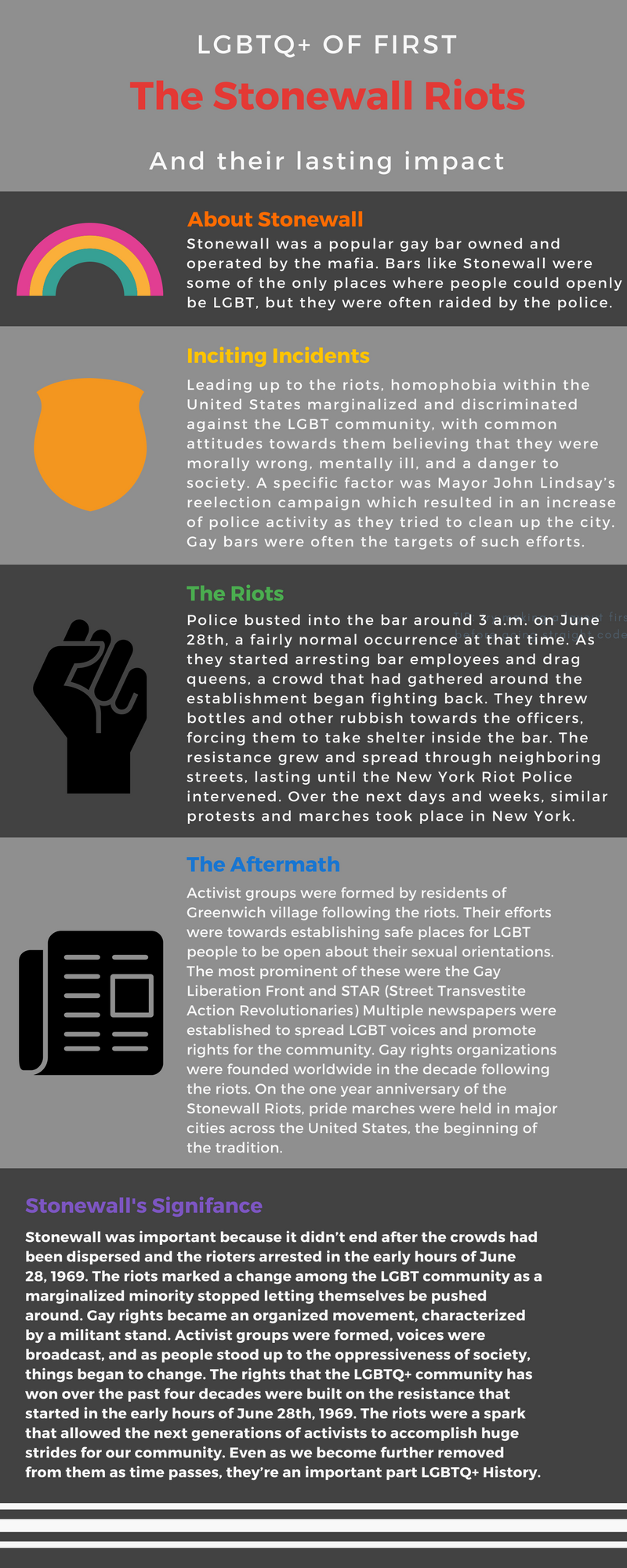
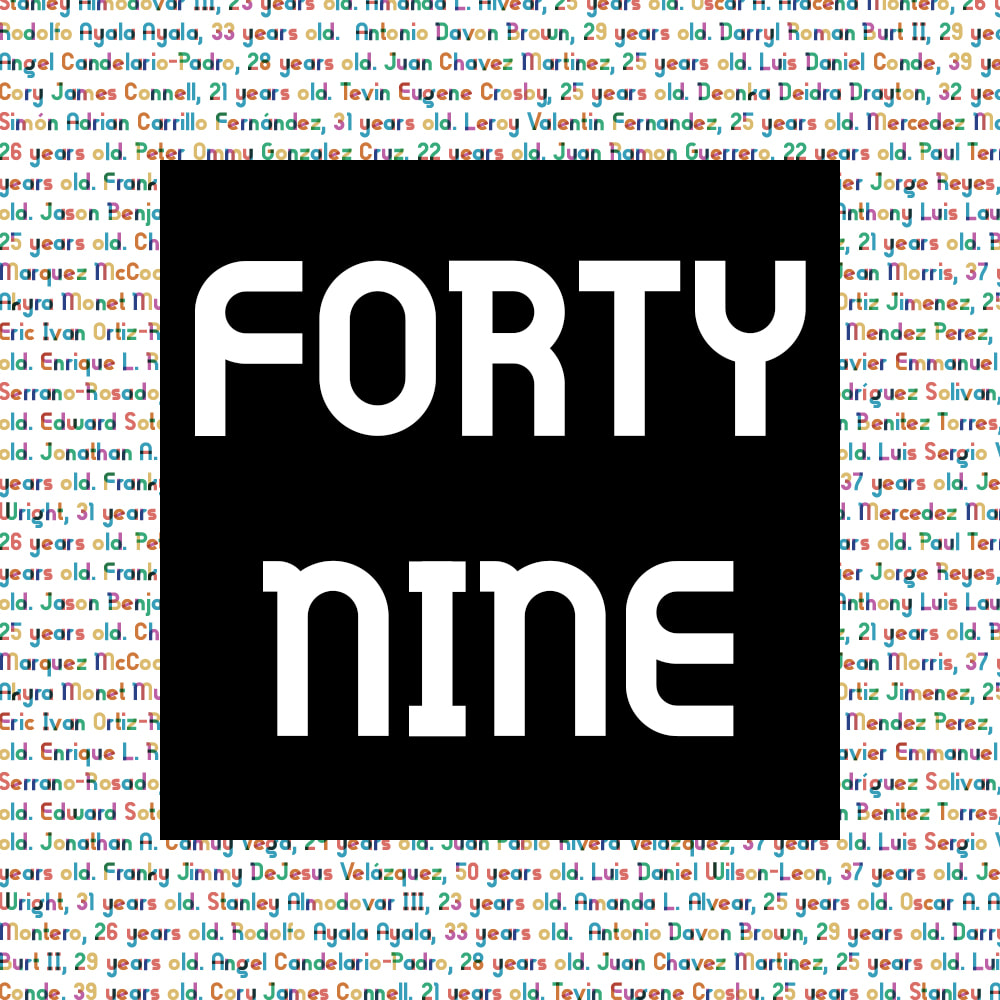
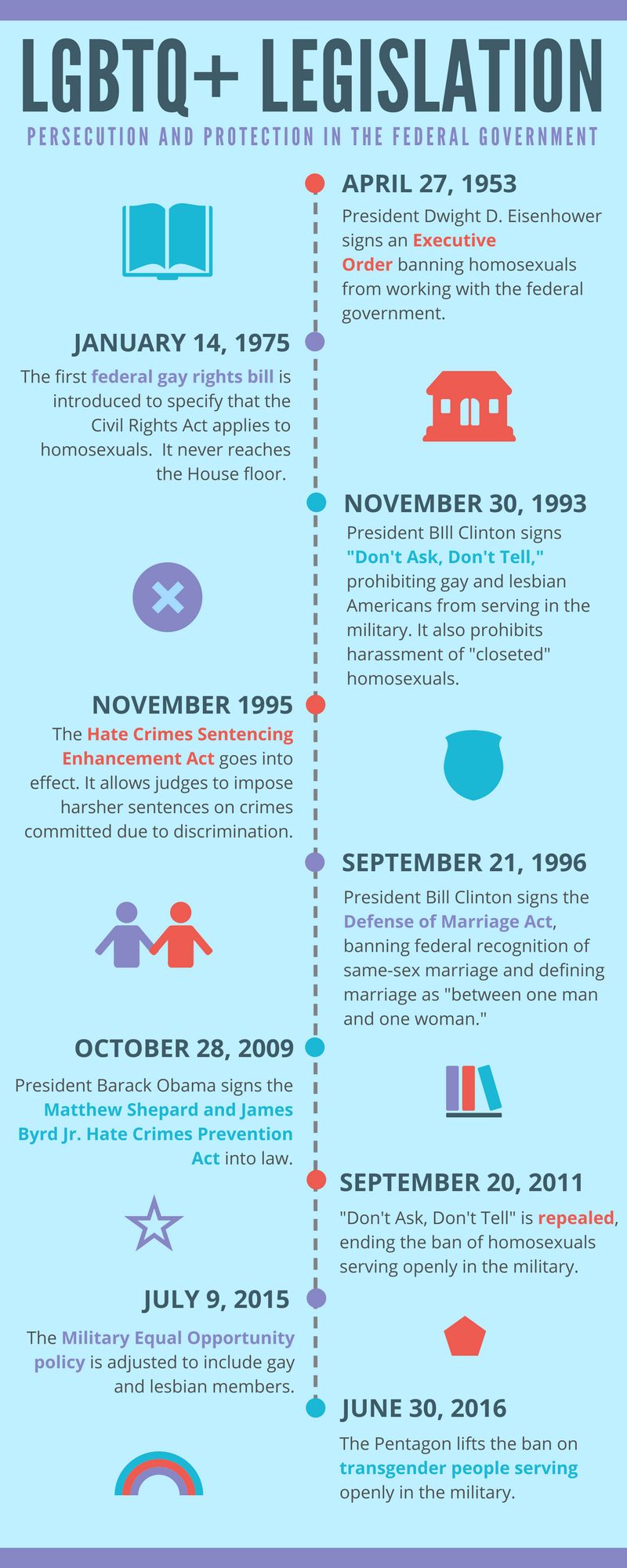
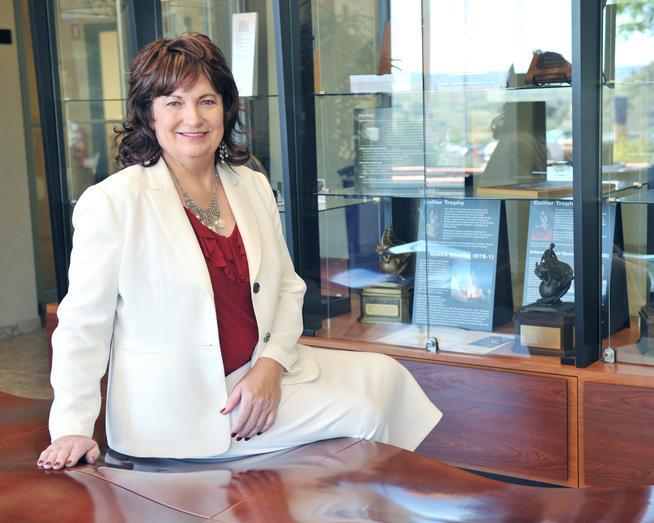
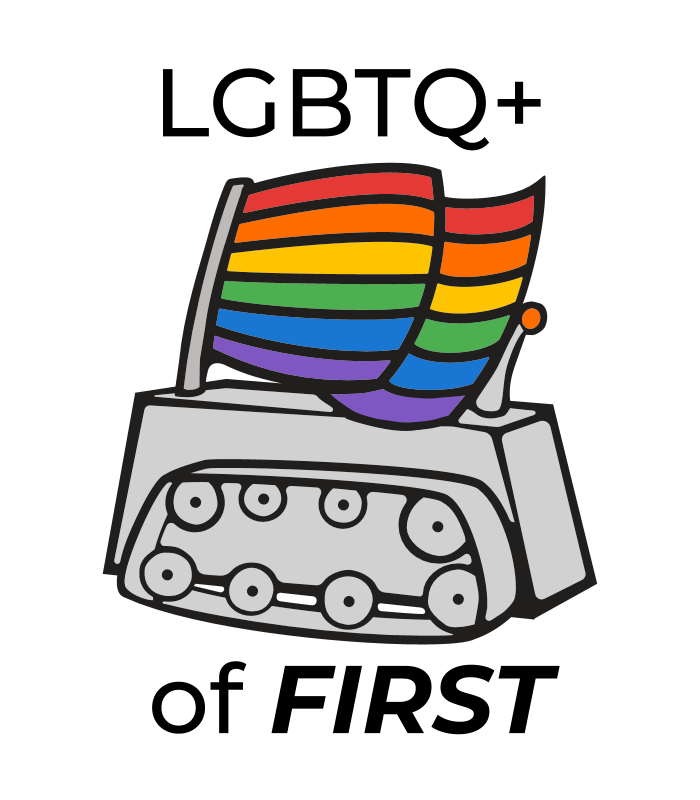
 RSS Feed
RSS Feed
